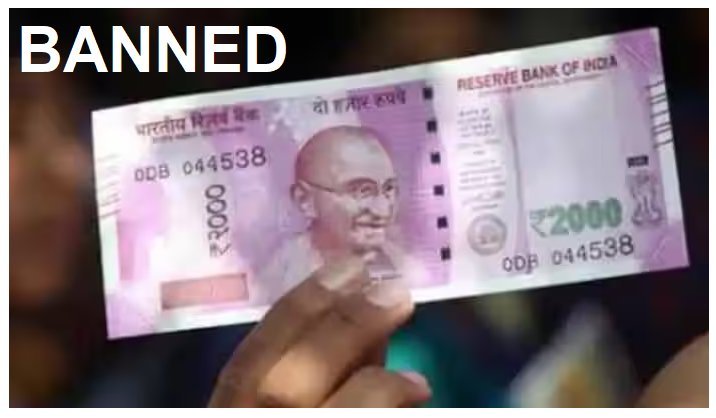
In a surprising move, the Reserve Bank of India (RBI) has decided to phase out the circulation of Rs 2,000 notes and has urged the public to deposit them within a four-month period. The announcement, made on Friday evening, was intended to prevent any negative effects on the stock markets. However, this decision caught many people off guard, and the opposition party, Congress, wasted no time in criticizing Prime Minister Narendra Modi, as a similar demonetization or note ban was previously announced by him in November 2016.
The RBI was established under the Reserve Bank of India Act of 1934 with the objective of regulating the issuance of banknotes and maintaining reserves in the country. Its purpose is to ensure monetary stability and operate the currency and credit system for the benefit of India. Section 22 of the RBI Act grants the Bank the sole authority to issue banknotes in the country, including determining the denominations and withdrawing any currency denomination from circulation.
Why did the RBI decide to withdraw Rs 2,000 notes from circulation? According to the RBI, the introduction of the Rs 2,000 banknote in November 2016 was primarily to meet the immediate currency requirement of the economy after the withdrawal of the legal tender status of all Rs 500 and Rs 1,000 banknotes in circulation at that time. The Bank now states that this objective has been achieved, and there are sufficient quantities of banknotes of other denominations available, hence the decision to withdraw the Rs 2,000 notes. The RBI had already ceased printing Rs 2,000 banknotes in the financial year 2018-19.
The majority of the Rs 2,000 notes were issued before March 2017, according to the RBI, and they have reached the end of their estimated lifespan of 4-5 years. Therefore, the timing is appropriate for their withdrawal. Additionally, the Rs 2,000 notes were not commonly used for transactions, according to the Bank, so their withdrawal is not expected to significantly impact the general public. The RBI follows a Clean Note Policy to ensure the availability of high-quality banknotes to the public, and the Rs 2,000 banknotes in circulation were becoming obsolete.
It is important to note that the Rs 2,000 banknotes will continue to maintain their legal tender status, meaning they can still be used for normal transactions. The public is encouraged by the Bank to deposit or exchange these notes on or before September 30, 2023.
If you possess Rs 2,000 banknotes, you can approach any bank after May 23 to exchange them for currency in other denominations such as Rs 500 or Rs 200. This exchange facility will remain open until September 30. The option for exchange will also be available at the 19 Regional Offices (ROs) of the RBI that have Issue Departments by the end of September this year.
Regarding the deposit of Rs 2,000 banknotes, there are no restrictions imposed by the RBI, as long as individuals comply with the existing Know Your Customer (KYC) norms and other applicable rules and regulations. However, the exchange or deposit of Rs 2,000 banknotes is limited to a maximum of Rs 20,000 at a time.
For breaking news and live news updates, like us on Facebook fb.com/thevoiceofsikkim or follow us on Twitter twitter.com/thevoicesikkim and Instagram instagram.com/thevoiceofsikkim. Visit www.voiceofsikkim.com.






